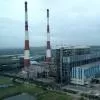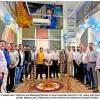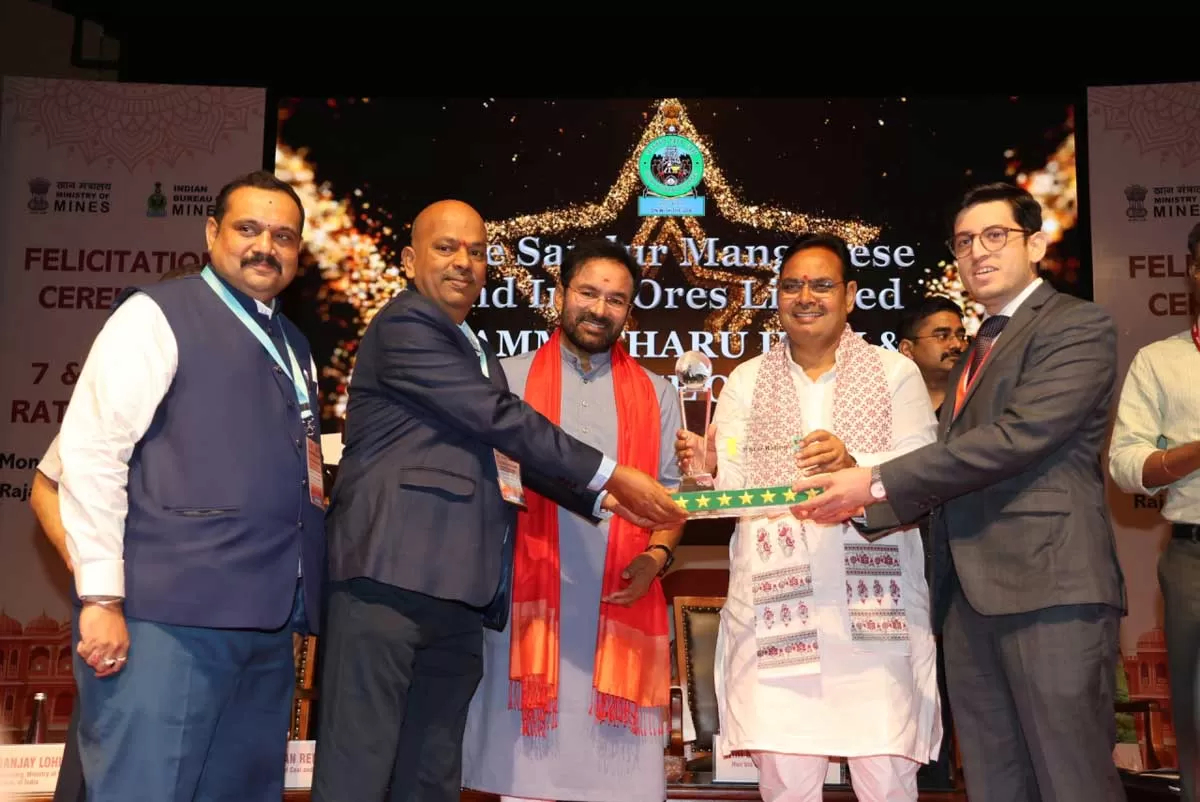
SMIORE Becomes First in India to Win Seven Star Mining Award
The Sandur Manganese & Iron Ores (SMIORE) has been awarded the prestigious Seven Star Rating by the Ministry of Mines and the Indian Bureau of Mines (IBM) for exemplary green mining practices in 2023–24. The award was presented at the national felicitation ceremony held at the Rajasthan International Centre in Jaipur on July 7, 2025. SMIORE is the first among three mines nationwide—and the only one from South India—to receive the Seven Star Rating this year. The company has also secured the Five Star Rating for its Kammathuru Iron Ore Mine in Ballari district, Karnataka, marking..
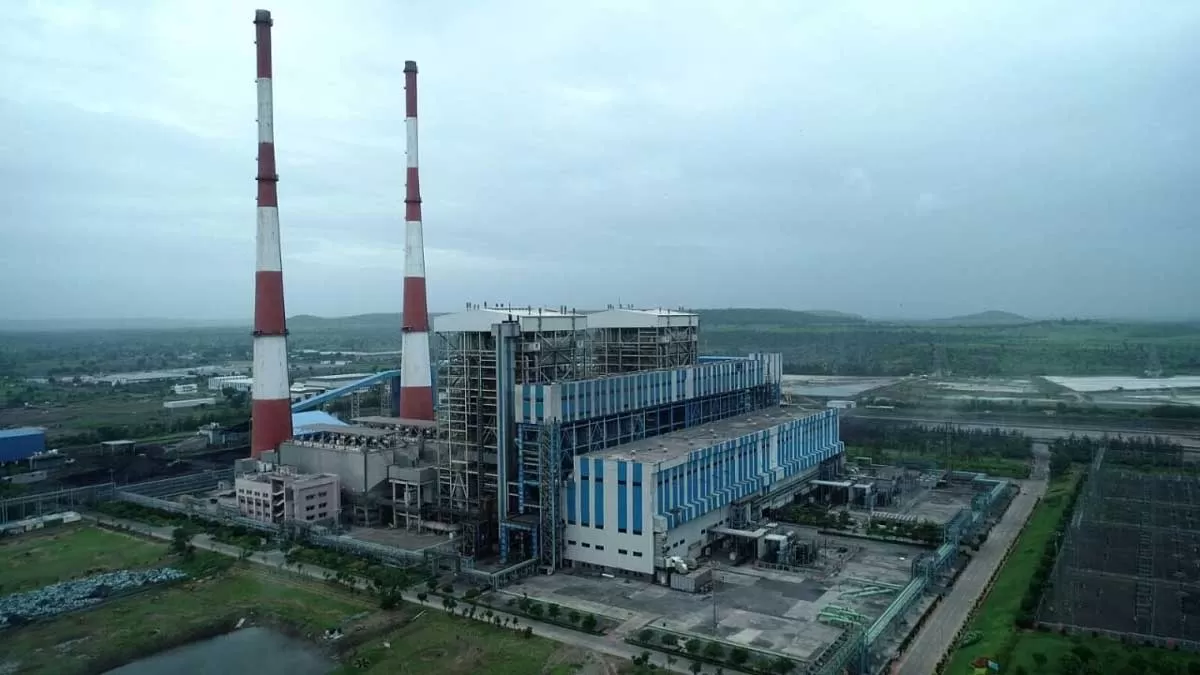
Adani Power Acquires 600 MW Vidarbha Plant for Rs 4,000 Crore
Adani Power (APL), India’s largest private thermal power producer, has completed the acquisition of Vidarbha Industries Power (VIPL), a 600 MW coal-fired plant in Nagpur, Maharashtra, for Rs 4,000 crore. The transaction follows the approval of APL’s resolution plan by the National Company Law Tribunal (NCLT), Mumbai Bench, on June 18, 2025, under the Insolvency and Bankruptcy Code (IBC), with the implementation completed on July 7, 2025. With this acquisition, APL’s operational capacity increases to 18,150 MW. The company is on course to achieve 30,670 MW by 2029–30 through a mix ..
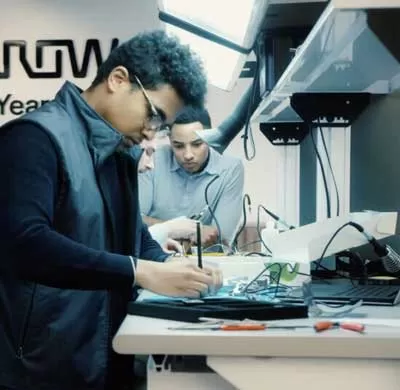
Arrow Electronics Opens Engineering Solutions Centre in Bengaluru
Arrow Electronics has launched a new Engineering Solutions Centre (ESC) in Bengaluru to drive innovation and strengthen engineering capabilities across India, Southeast Asia, South Korea, and Japan. The centre will support the development of next-generation technologies including AIoT, edge computing, intelligent sensing, and energy management—particularly in the industrial, automotive, aerospace, and defence sectors. The ESC is designed to assist technology manufacturers and innovators in adopting advanced technologies more efficiently by providing deep engineering support and access t..






